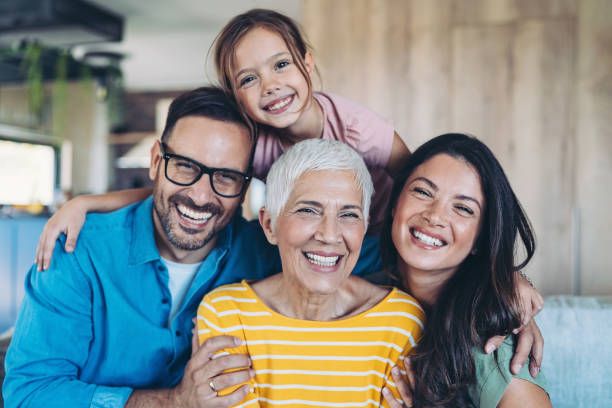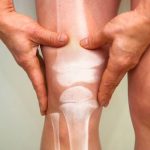Medical schools face critical shortages of anatomical donors each year. For families increasingly seeking meaningful alternatives to traditional burial, choosing whole body donation is a decision that creates a lasting impact on healthcare education and advances treatments that can save lives for generations to come.
The choice of what happens after death carries weight far beyond a single family. Traditional options have dominated for centuries, but a growing number of people now look for ways to contribute something tangible to society’s future. Medical education depends on hands-on learning that simply cannot be replicated through textbooks or digital simulations alone.
Why This Choice Creates Ripple Effects
- A Shift in Perspective: The act of donating a body to science after death represents more than a selfless end-of-life decision. It becomes a bridge between one person’s final chapter and countless medical breakthroughs yet to happen. Surgeons refine techniques; researchers study disease patterns, and students gain confidence, from the donated body, that they will carry into operating rooms. Each contribution fills gaps that no technology can replace.
- Environmental and Financial Relief: Choosing whole body donation eliminates the environmental toll of embalming chemicals, metal caskets, and concrete vaults. Families also avoid costs, which often exceed $10,000 for traditional services. The process typically includes cremation after the donation period ends, with remains returned to loved ones at no charge. This practical benefit pairs with the knowledge that the decision serves a greater purpose.
How Organizations Ensure Dignity
- Respectful Handling Protocols: Programs follow strict guidelines established by accreditation bodies. Transportation occurs promptly after death, with trained professionals managing every step. Bodies receive the same care given to hospital patients. Research facilities maintain detailed records and honor cultural or religious preferences whenever possible. Families receive clear communication throughout the process.
- Meaningful Applications in Medicine: Donations support multiple areas of healthcare advancement:
- Medical student anatomy courses that build foundational knowledge
- Surgical training programs where doctors practice complex procedures
- Device testing for implants, tools, and new treatment methods
- Disease research that identifies patterns and develops therapies
Each use undergoes ethical review to confirm it advances patient care or scientific understanding.
Balancing Personal Values with Science
- Faith and Family Considerations: Many religious traditions support body donation as an act of charity and compassion. Families often find comfort knowing their loved one continues helping others. Open conversations before death reduce confusion and guilt later. Some people include their wishes in advance directives or living wills to make intentions clear.
- The Educational Gap That Exists: Medical schools report shortages that limit how many students can participate in essential anatomy labs. Virtual programs help but cannot replicate the experience of working with actual human tissue. Donations directly address this need while giving families an alternative that feels purposeful rather than purely transactional.
Long-Term Impact on Healthcare
- Training the Next Generation: Every surgeon, physical therapist, and medical examiner benefits from anatomical education early in their career. Students who learn through direct observation develop better spatial awareness and diagnostic skills. These professionals then treat millions of patients over decades of practice. One donation potentially influences healthcare delivery for thirty or forty years into the future.
- Research That Changes Lives: Scientists studying conditions like Alzheimer’s disease, arthritis, or spinal injuries need tissue samples to understand how such diseases progress. Pharmaceutical companies test drug delivery systems. Biomedical engineers develop prosthetics and joint replacements. This work leads to treatments that reduce suffering and extend quality of life for people worldwide.
The decision to donate creates waves that extend far beyond any single moment. Medical students gain skills they will use throughout their careers. Researchers unlock answers to questions that have puzzled scientists for generations. Families find meaning during difficult times while reducing financial and environmental burdens. This choice turns an ending into a beginning for countless others.
Consider pre-registering with an accredited program to ensure your wishes are documented and your family understands your intentions. The gift of education and discovery represents one of the most lasting contributions anyone can make.
Featured Image Source: https://media.gettyimages.com/id/2190340725/photo/happy-multi-generation-family.jpg?s=612×612&w=0&k=20&c=BBFxZH6KXzAxoJahCSKWMgvnk0NgPTJQ5P0e5vKKYAQ=


